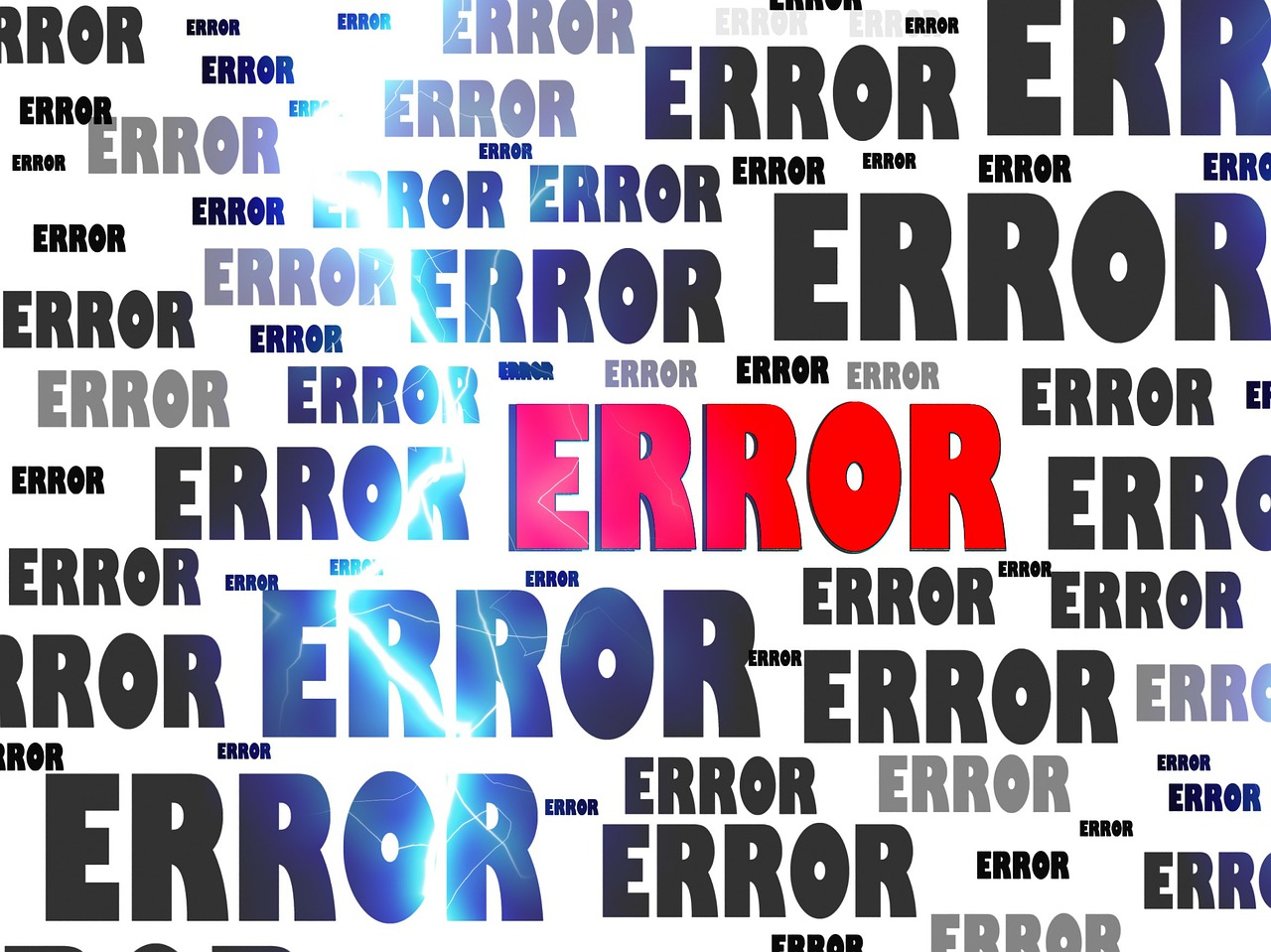Enhancing User Experience by Resolving Common Web Errors
Introduction
In the digital landscape, user experience plays a vital role in the success of websites. Ensuring that visitors can access information efficiently and reliably is key. However, various web errors can hinder user experience and impact search engine rankings. In this article, we will explore Google Search Central’s creative approach to clarifying common web errors and how they can be resolved to enhance user experience.
The Tale of Common Web Errors
Google Analyst Gary Illyes employed an engaging storybook format with cartoon illustrations to demystify four types of web errors. By using the analogy of a castle library, Illyes aimed to make technical errors more relatable to website owners and developers.
Chapter 1: DNS Errors – Outdated Directions
In the first chapter, DNS errors were portrayed as outdated directions or maps that don’t reflect the current layout of a castle. Similarly, these errors occur when a DNS server doesn’t have the proper website location. It’s crucial to manage this issue independently or work with the DNS provider/domain registrar to ensure visitors can find the website easily.
Chapter 2: Network Errors – Obstacles on the Visitor’s Quest
The second chapter emphasized network errors as obstacles on the visitor’s journey. Just as visitors may encounter a drawbridge that doesn’t descend due to network errors, these issues generally occur due to firewall settings or a router going down between the client and the server. Identifying and resolving blocking components near the server or at the content delivery network’s (CDN) end is essential to provide a smooth user experience.
Chapter 3: Server Errors – Damage to the Library’s Treasure
Server errors symbolize a library that has suffered significant damage from water or fire. Similarly, these errors occur within the website’s service. It’s crucial for website owners to consult the server manager or hosting provider to address server errors promptly. Resolving these errors ensures that visitors can access valuable information within the website.
Chapter 4: Client Errors – Unaccessible Information
The final chapter explored client errors, such as 404 and soft 404 errors, depicting them as visitors’ requests for unavailable information. Just as visitors may find that a desired book has been checked out or misplaced in the wrong shelf, client errors occur when the requested content is unavailable. Website owners can assist users by redirecting the URL to ensure a seamless user experience.
Resolving Web Errors for Enhanced User Experience
Understanding and resolving web errors is crucial for enhancing user experience and improving search engine rankings. Here are some steps to take when encountering common web errors:
1. Regularly Monitor Google Search Console
Google Search Console is a valuable tool for identifying web errors. Regularly monitor the console to stay informed about any reported errors and address them promptly.
2. Investigate DNS Errors
If DNS errors are reported, review the DNS server settings and ensure they accurately reflect the website’s current location. Work with the DNS provider or domain registrar to rectify any discrepancies.
3. Troubleshoot Network Errors
When network errors arise, investigate firewall settings and router connectivity. Consult with the CDN or hosting service managing the website to identify and resolve any blocking components.
4. Address Server Errors
Server errors can be resolved by working closely with the server manager or hosting provider. Promptly address any issues within the website’s service to prevent visitors from encountering obstacles.
5. Handle Client Errors
Client errors, such as 404 and soft 404 errors, can be mitigated by redirecting the URL or providing alternative content. Ensure that visitors are directed to relevant information or suggest similar content to enhance their experience.
Conclusion
Enhancing user experience is a crucial aspect of running a successful website. By understanding and resolving common web errors, website owners can provide seamless access to information and improve search engine rankings. Google Search Central’s creative approach to clarifying these errors serves as a valuable resource for ensuring a smooth user experience. Stay vigilant, monitor web errors, and take necessary measures to optimize user experience and website performance.
Remember, resolving web errors is an ongoing process that requires continuous monitoring and improvement. By prioritizing user experience and addressing web errors promptly, websites can provide visitors with a positive and engaging journey.




